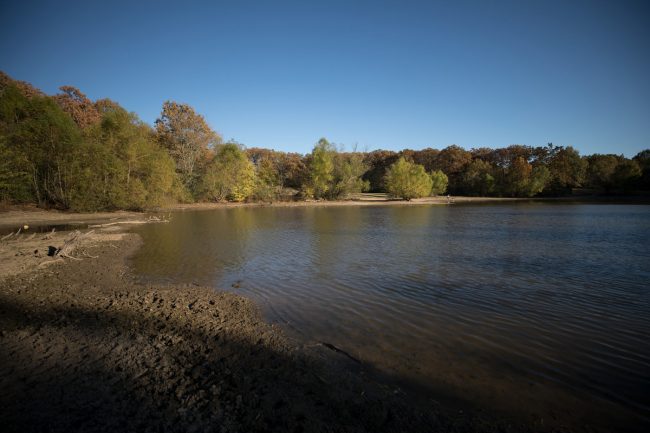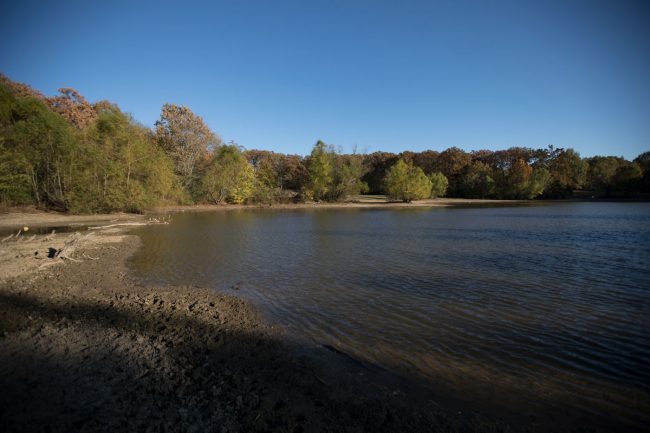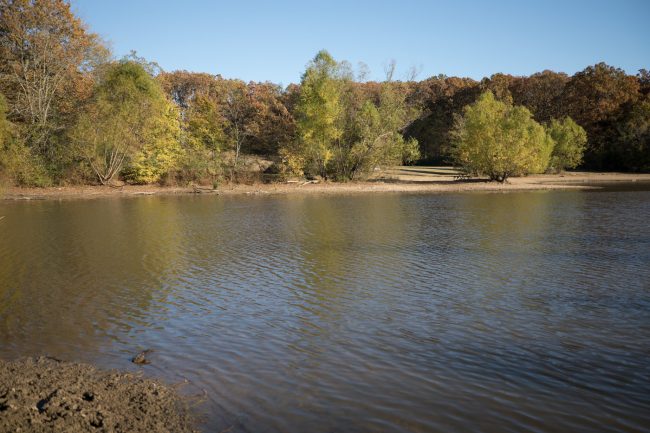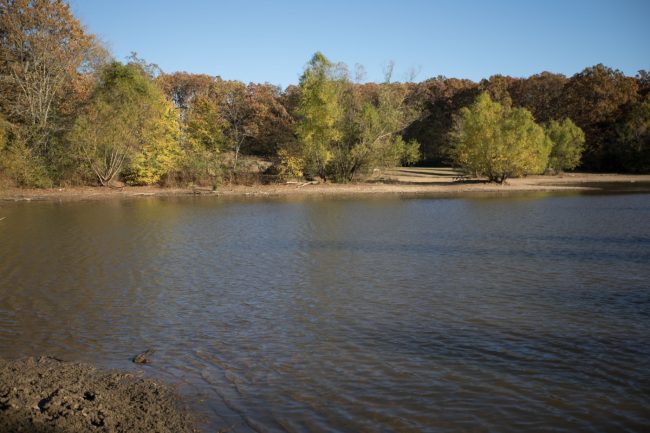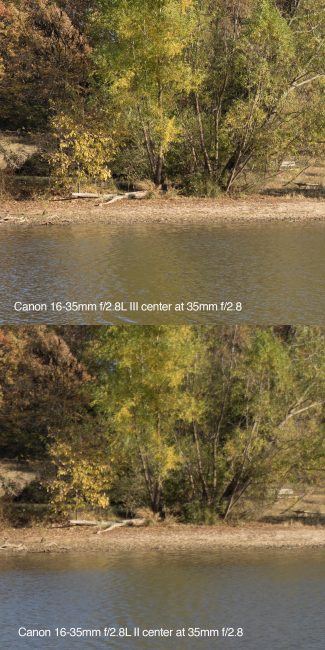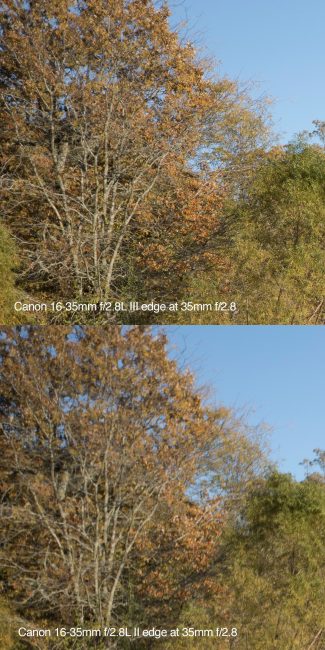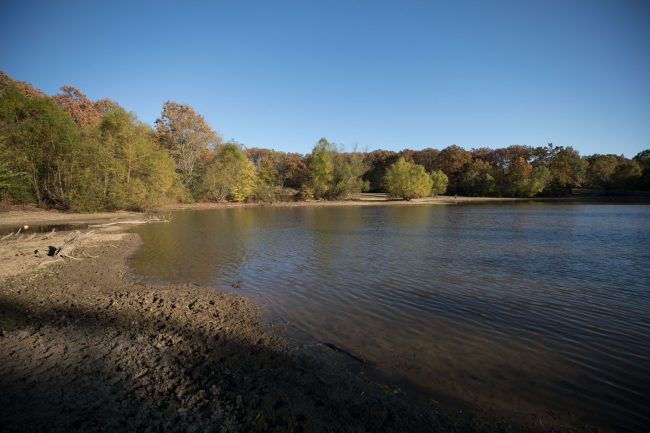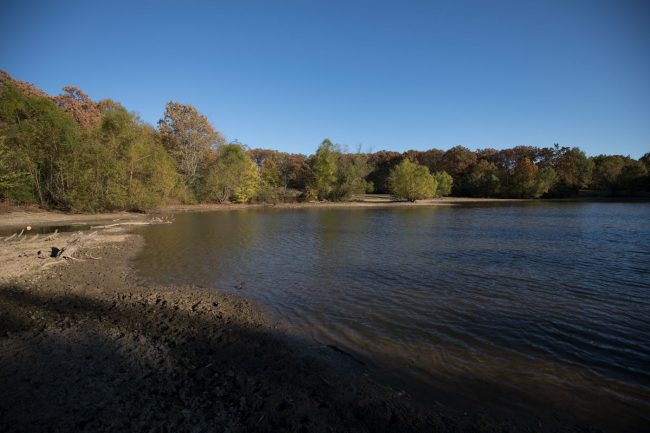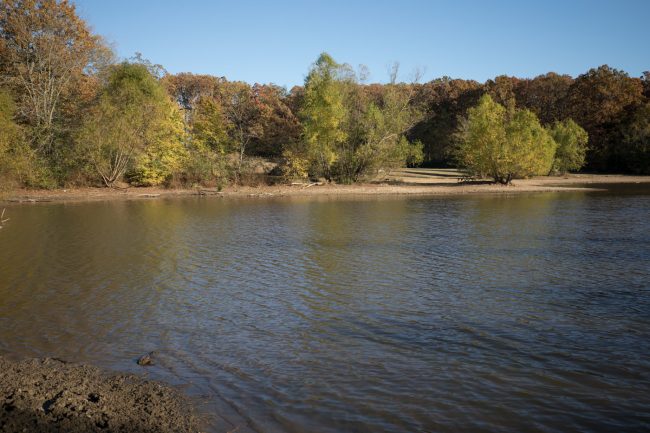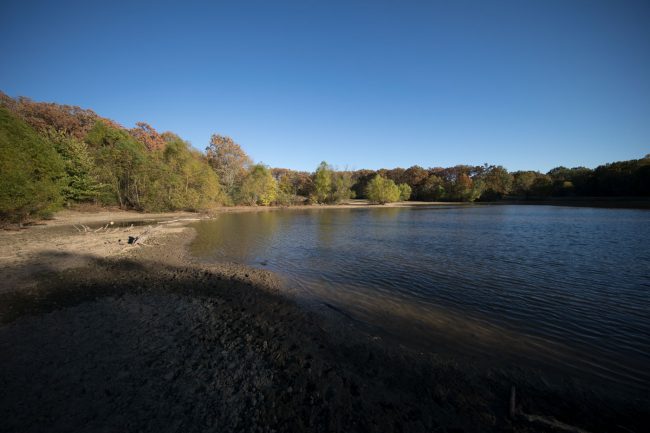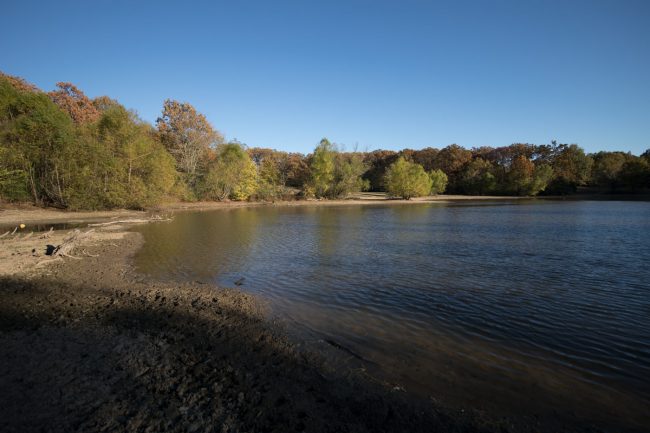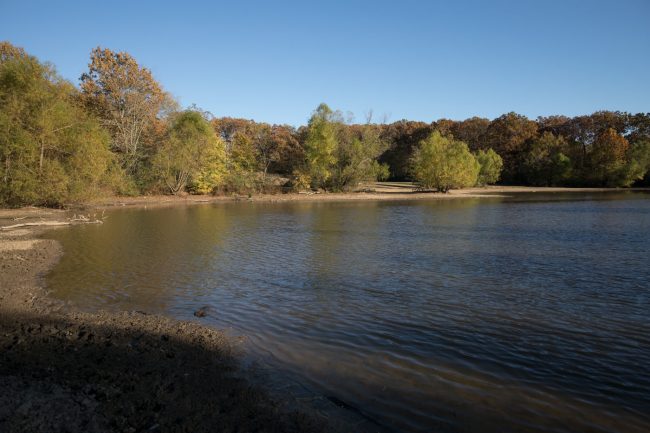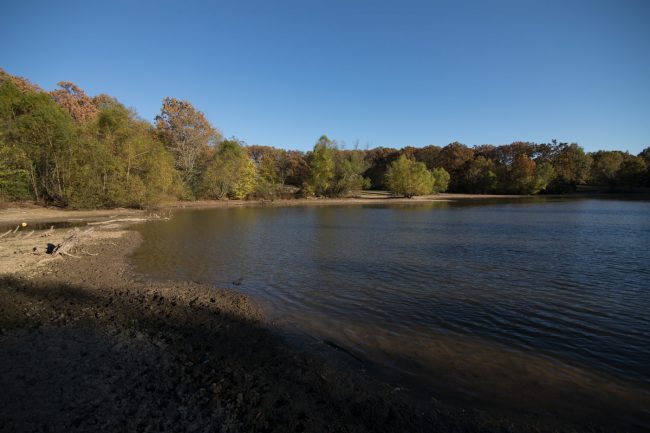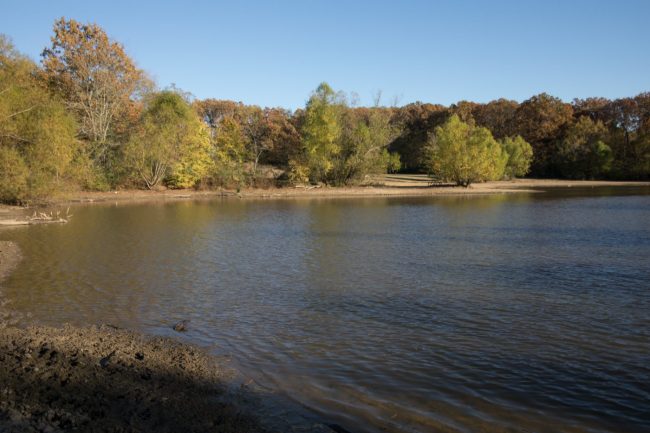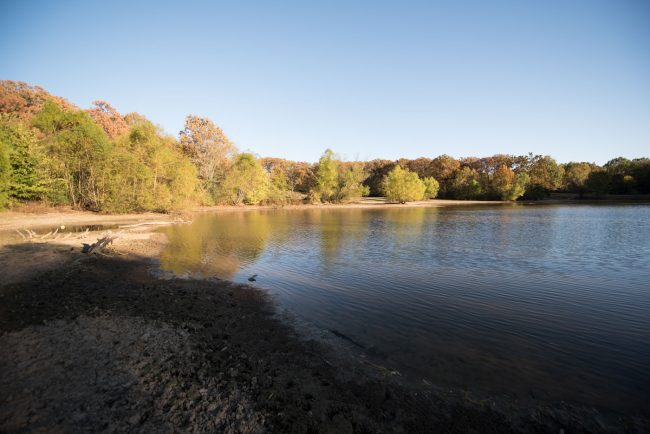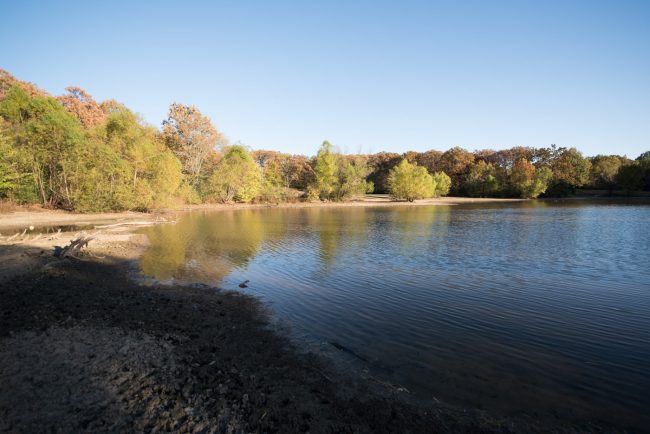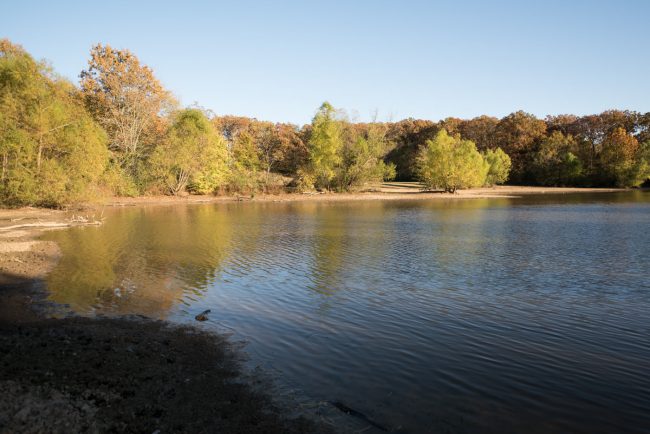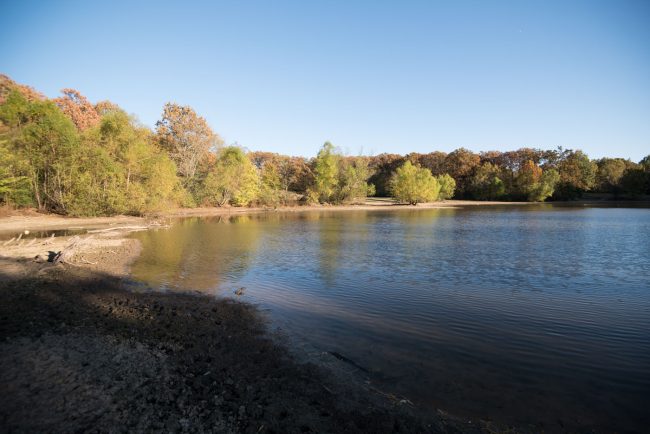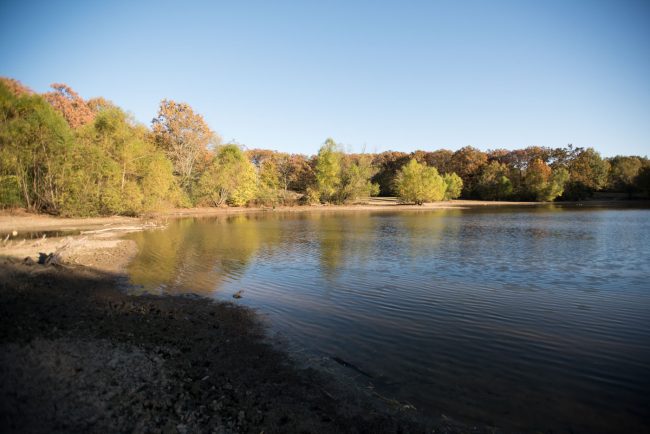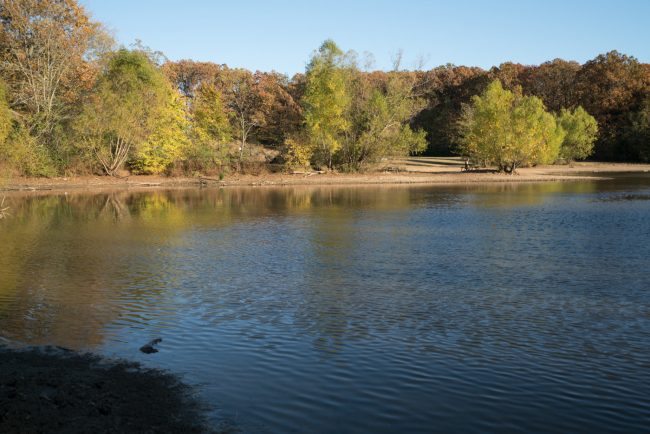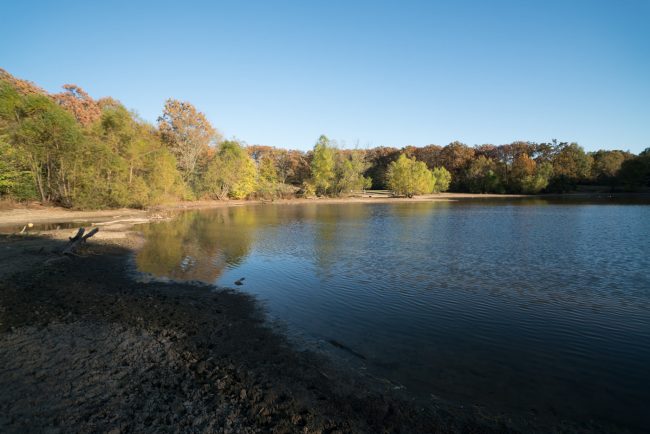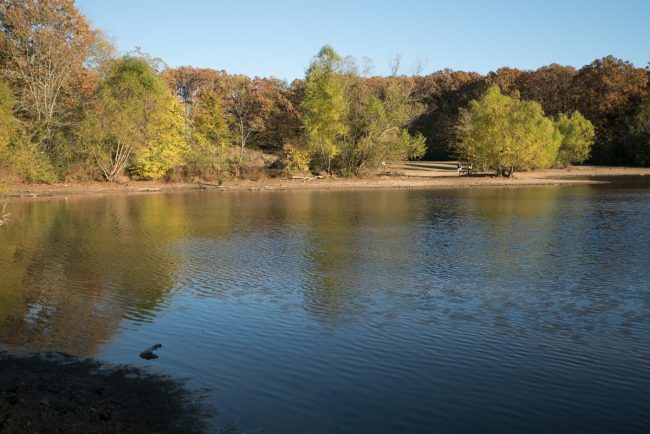Geek Articles
Real World Testing of the New Canon 16-35mm f/2.8L III
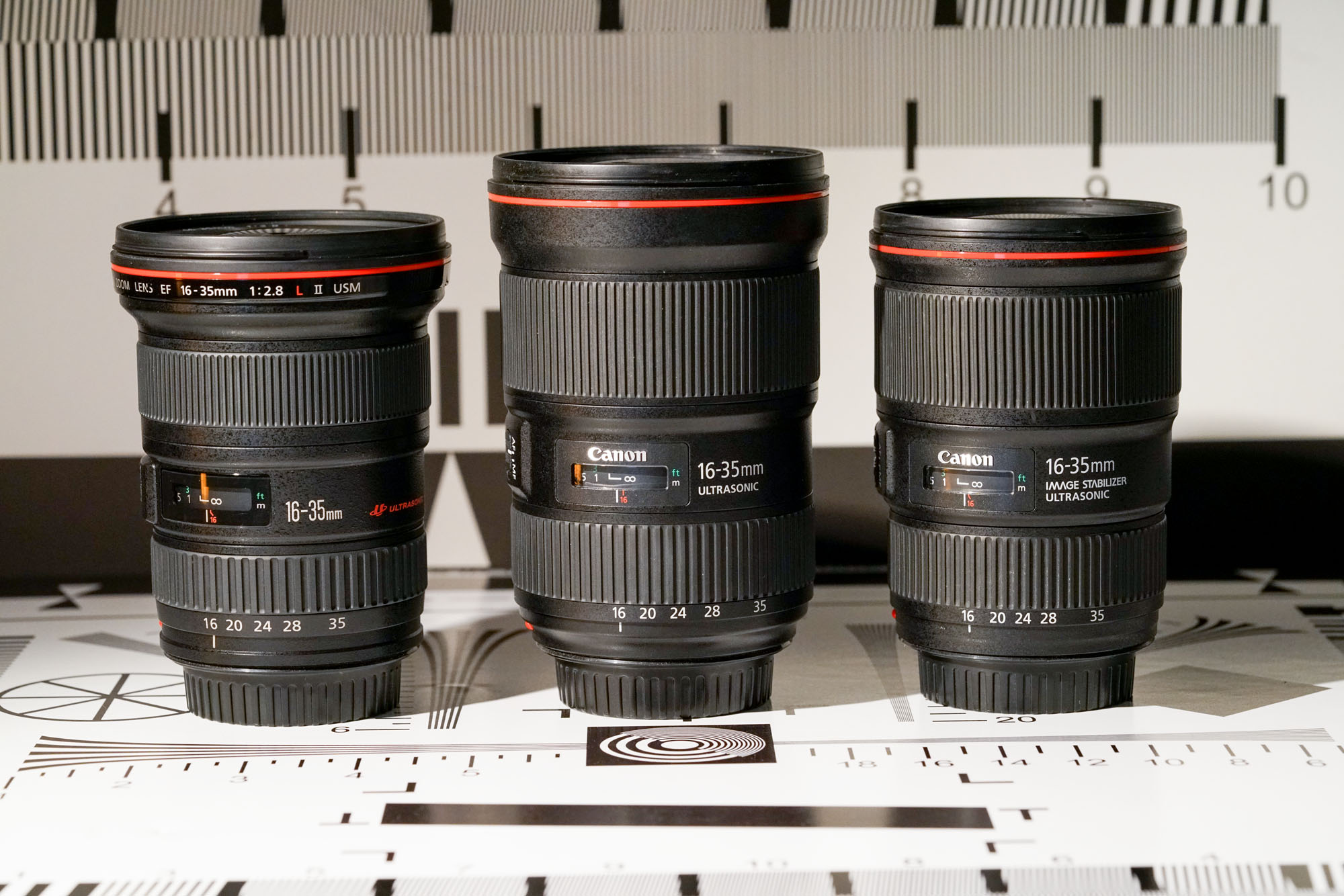
Last month Roger did his standard series of optical bench tests on the new Canon 16-35mm f/2.8L III. But that doesn’t show you what it looks like in real pictures. I decided to take the new lens and a large selection of comparable lenses from Canon, as well as offerings from Nikon, Sony, and Tokina, and take them across the street to one of our wonderful Memphis parks. I captured the same scene with all the lenses using the Canon 5D mark IV for Canon mount, the Nikon D810 for Nikon mount, and the Sony a7RII for Sony mount (the LA-EA3 adapter was used for the A-mount lenses).
Note: I forgot the Tamron 15-30. Sorry, y’all.
Here’s the Canon 16-35mm f/2.8 mark III compared to the Canon 16-35mm f/2.8 mark II at 16mm f/2.8:
Here’s the III compared to the II at 35mm f/2.8:
You’ll see that the III is noticeably sharper everywhere in the frame. Here are center and edge crops at 16mm side by side:
And here are center and edge crops at 35mm side by side:
I used to always recommend the Canon 16-35mm f/4L IS version over the II for landscapes. I don’t really have to do that anymore since the III is better at f/2.8 than the IS version is wide open. Here’s the III compared to the IS at 16mm f/4 –
Here they are at 35mm f/4 –
I went ahead and also shot the same scene with the following lenses wide open:
Canon 11-24mm f/4 at 11mm, 16mm, and 24mm –
Tokina 16-28mm f/2.8 in EF mount at 16mm and 28mm
Nikon 14-24mm f/2.8 at 14mm, 16mm, and 24mm
Nikon 16-35mm f/2.8 at 16mm and 35mm
Nikon 17-35mm f/2.8 at 17mm and 35mm
Sony FE 16-35mm f/4 at 16mm and 35mm
Sony A-mount 16-35mm f/2.8 ZA SSM at 16mm and 35mm –
Sony A-mount 16-35mm f/2.8 ZA SSM II at 16mm and 35mm –
While it might be hard to see in these smaller jpegs, I think it’s pretty clear from these images that the new Canon 16-35mm f/2.8L III is a cut above the rest, like the MTF charts show in our previous post. Click the link here if you want to download full raw files of these images so you can compare them yourself.
Author: Joey Miller
I’m Joey. I love cameras, especially old film cameras, and I can’t remember the last day I didn’t take a photo. Digital cameras are great, and they keep me employed, but I also still like processing my own film. I’m stuck somewhere in the middle. I shoot every single day, no matter what.
-
Justin Croushore
-
Patrick Chase
-
Brandon Dube
-
Patrick Chase
-
Michael Clark
-
Michael Clark
-
Ernest Green
-
Brandon Dube
-
Sator Photo
-
Panacea
-
Adam Sanford
-
Sator Photo
-
DrJon
-
Adam Sanford
-
Adam Sanford
-
Darin
-
Panacea
-
Ivan Boden
-
Panacea
-
Turniphead
-
Adam Sanford
-
Sean Setters
-
Adam Sanford
-
Adam Sanford
